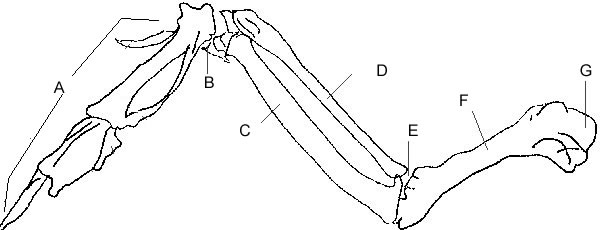Chicken wing dissection
A chicken wing is a very good representation of a human arm. It has similar muscle attachments and similar joints. It makes for an excellent
way to investigate the levers in our body.
Aim- to dissect a chicken wing, draw the muscle attachments and identify the type of levers present in the wing.
Apparatus - Scissors, forceps, dissecting board, fresh chicken wing.
Method
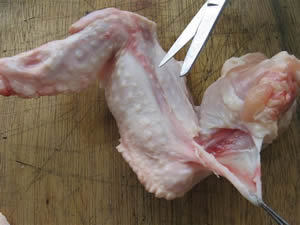
Remove the skin and draw the muscles that are visible.
Is there only one muscle or are there many muscles.?
Squeeze the muscles and notice how the wing moves.
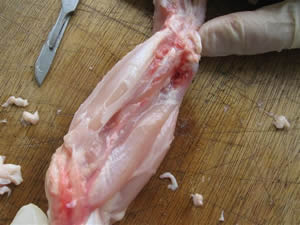
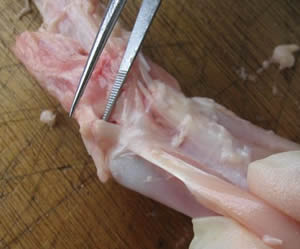
Locate some of the tendons that attach the muscle to the bone.
Are the tendons soft and elastic or tough and inflexible? Explain why you think they would be like this.
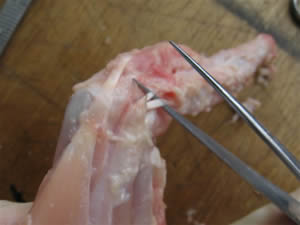
Taking into account the muscle attachments and the bone movement produced when the muscles contract, identify the type of levers found in the wing.
Are these levers force multipliers or distance multipliers?
Look at the diagram below. Using the following words match the human equivalent of each labelled part of the wing.
shoulder joint, ulna, radius, elbow joint, wrist, hand
